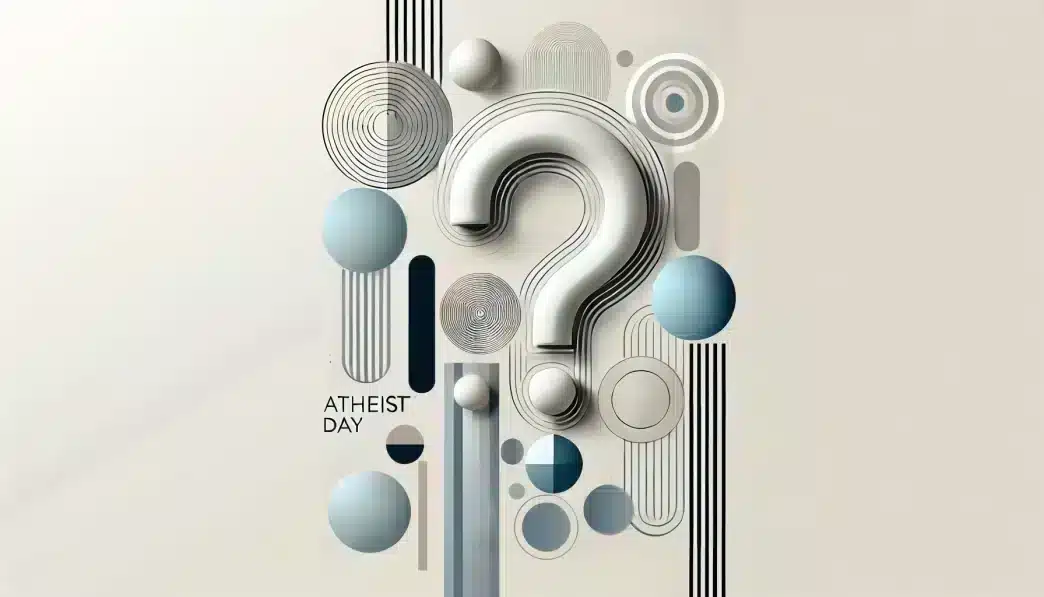What is Atheist Day?
Atheist Day is celebrated annually on March 23 to recognize and celebrate individuals who do not believe in a deity or higher power. This day aims to promote understanding, acceptance, and inclusivity for non-religious people while fostering dialogue between different belief systems. It also serves as an opportunity to challenge stereotypes and misconceptions about atheism.
Atheist Day celebrates the value of critical thinking, reason, and freedom of thought, encouraging individuals to embrace their beliefs with confidence and mutual respect.
History and Origin
The idea of atheism has existed for centuries, with records of non-belief dating back to ancient civilizations. The formal recognition of Atheist Day, however, is a modern initiative designed to provide visibility to atheists and secular individuals who have often faced stigma and exclusion.
Historically, individuals identified as atheists were ostracized or worse, yet today, societal attitudes have shifted significantly. Atheist Day serves to highlight the journey toward greater acceptance and to advocate for equality and understanding for non-believers.
Who Celebrates Atheist Day?
- Atheists and Agnostics: Reflect on their beliefs and connect with like-minded individuals.
- Secular Organizations: Host events to promote secularism and advocate for the separation of church and state.
- Allies and Supporters: Participate in activities to show solidarity and support for freedom of thought.
- Educators and Students: Engage in discussions about atheism, critical thinking, and freedom of expression.
- Activists: Use the day to promote human rights and inclusivity for all belief systems.
Slogans and Themes
Atheist Day revolves around themes of reason, critical thinking, and inclusivity. Common slogans include “Good Without God”, “Celebrate Reason”, and “Freedom From Religion.” These messages emphasize the importance of rational thought and the freedom to hold diverse beliefs.
The day encourages open dialogue, acceptance, and the recognition of non-religious individuals as valuable contributors to society.
Colors, Symbols, and Patterns
Colors
- Red: Symbolizes courage and standing up for one’s beliefs.
- Black: Represents the unknown and the embrace of questioning.
- White: Reflects openness, truth, and clarity.
Symbols
- The Atomic Whirl: Represents scientific inquiry and the pursuit of knowledge.
- The Empty Set Symbol (∅): Denotes the absence of belief in deities.
- The Happy Human: A symbol of humanism, emphasizing human values without reliance on divine entities.
Patterns
- Interconnected Circles: Signify community and unity among people, regardless of beliefs.
- Question Marks: Highlight curiosity and the importance of questioning assumptions.
- Abstract Lines: Represent the diversity of thought and individuality.
How to Celebrate Atheist Day
- Engage in Dialogue: Host or join discussions about secularism, atheism, and related topics to promote understanding.
- Attend Events: Participate in local or online events organized by secular groups or humanist organizations.
- Share on Social Media: Post your thoughts or experiences about atheism and celebrate the day using event-related hashtags.
- Volunteer in the Community: Demonstrate that kindness, morality, and generosity are universal traits, not tied to religious beliefs.
- Read and Educate Yourself: Explore books, articles, and resources about atheism, secularism, and humanism to broaden your perspective.
Most Used Hashtags
- #AtheistDay
- #CelebrateReason
- #GoodWithoutGod
- #SecularPride
- #FreedomFromReligion
Why is Atheist Day Important?
Atheist Day is essential for fostering understanding and acceptance of non-religious individuals. It provides a platform for atheists to express their perspectives, challenge misconceptions, and advocate for equality and inclusion.
By promoting dialogue and mutual respect, Atheist Day contributes to a more inclusive society where everyone, regardless of belief, is valued and respected.
Features
March 23: Atheist Day
Why do you keep falling for the same type?
Read the article Lovemaps: the hidden blueprint of our love.

